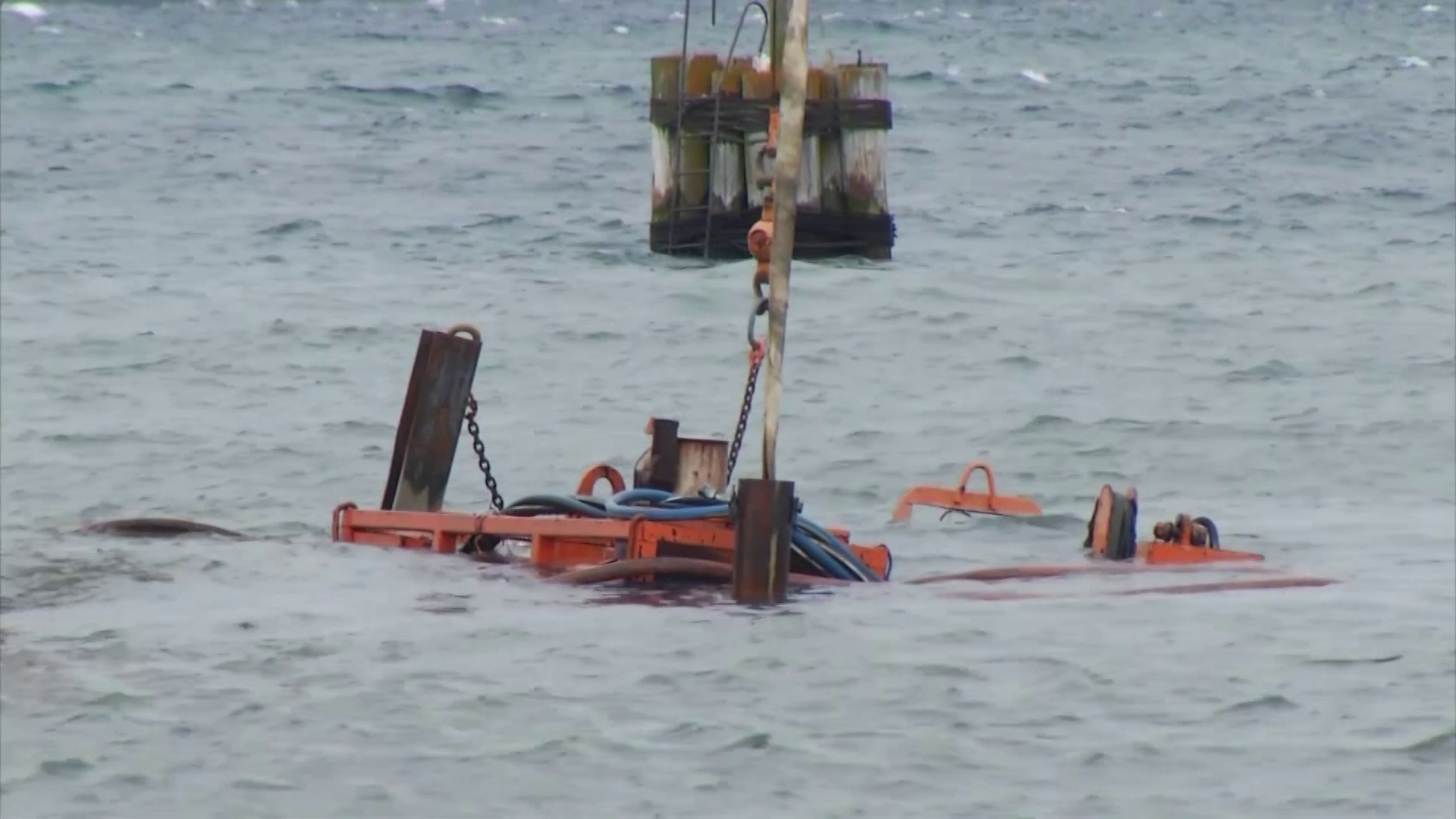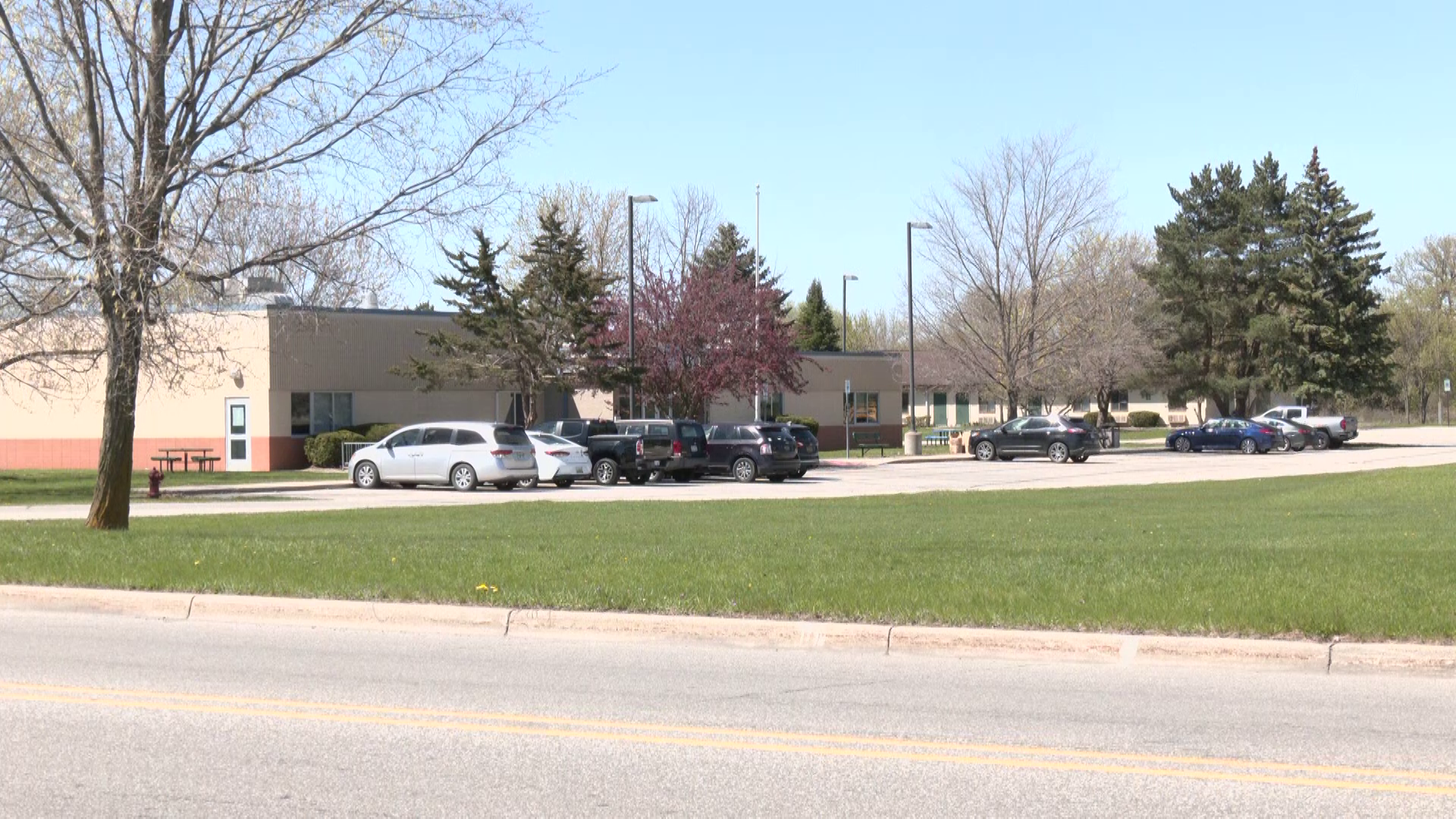World War II was a scary time for all of America, no matter where you were.
Although some may have felt sheltered here in Northern Michigan, our area was home to some key training before pilots ended up overseas.
You can learn more about it at a new exhibit at the .
Corey Adkins and Michelle Dunaway give us a sneak peak in this week’s Northern Michigan in Focus.
"I will tell you, 90 percent of the people that come here have no idea that aircraft carriers were on Lake Michigan,” says Stef Staley, executive director at the Grand Traverse Lighthouse Museum.
Yes, it’s hard to believe, and almost a secret until now, but aircraft carriers ended up on the Great Lakes out of necessity during World War II.
"We have the bombing of Pearl Harbor and the government is looking for a secret, safe place to train pilots, so a gentleman came up with the idea to use Lake Michigan. It mimicked the ocean waters and it was all encompassed waters within the U.S.," explains Stef.
The project moved forward with some very modified vessels.
"They purchased two sidewheel steamer passenger ships, the SS Seeandbee and the SS Greater Buffalo, and they converted them into literally 550-foot long aircraft carriers by taking off the top deck and putting a wooden long deck for planes to land," says Stef.
What were once basically floating hotels became a training ground for fighter pilots.
"It was huge. They trained over 17,000 pilots that were sent over to the European Theatre and then went to war. The qualifications were simple; you had to land six times and take off six times. If you could do that, you were done and off to Europe, it was that simple," explains Stef.
Many died during that training, sometimes because the decks were much smaller than the ones used in war.
Among those pilots who found their roots on Lake Michigan was a man who fought, returned and will be forever remembered for his life of service.
"Former President George H.W. Bush was one of those training pilots that trained and, out of a fluke, we decided to send a letter to his presidential library not expecting anything in return. About 3 months later, a letter came and he gave us a quote and we have that quote in the exhibit as well. So, we’re pretty excited he recognized our little museum in Michigan and responded to that," says Stef.
He and the other pilots trained mostly near Chicago, but the just recently declassified drone program brought the vessels north.
"They used the carriers to land the drones and take off and do some training with the drones, then the drones were flown north toward the Waugoshance Point House and the lighthouse had been decommissioned, if you will, and sitting idle they were looking for a target in the middle of the water, and that became the target where they were dropping live bombs," says Stef.
It became a spectacle for the public, who thought they were actually seeing planes with pilots inside.
So when these unmanned drones crashed, which they sometimes did, people began to worry because no one would respond to rescue them.
"They started reporting this to local police, so the government decided we need to do something about this. So, when a drone would go down they would send out a rescue unit, they would get part of the plane in an ambulance and whisk the ambulance away as if they had rescued someone, just to keep the facade that they weren’t leaving these guys in the water," explains Stef.
No one really knew about what was happening here, because no one talked about it.
"The U.S. was so afraid that Germany was going to invade us, it was mums the word. People didn’t talk to anybody about anything, even the efforts they did for the war," says Stef.
Thankfully, since then, some have shared their stories, and you can find them and more about the aircraft carriers in Lake Michigan at the .
"It’s a unique thing that happened, and the fact that one of them came right into Grand Traverse Bay for a short period of time in August 1943 is our claim to fame."
The exhibit officially opens May 1.
© 2023 - 910 Media Group


